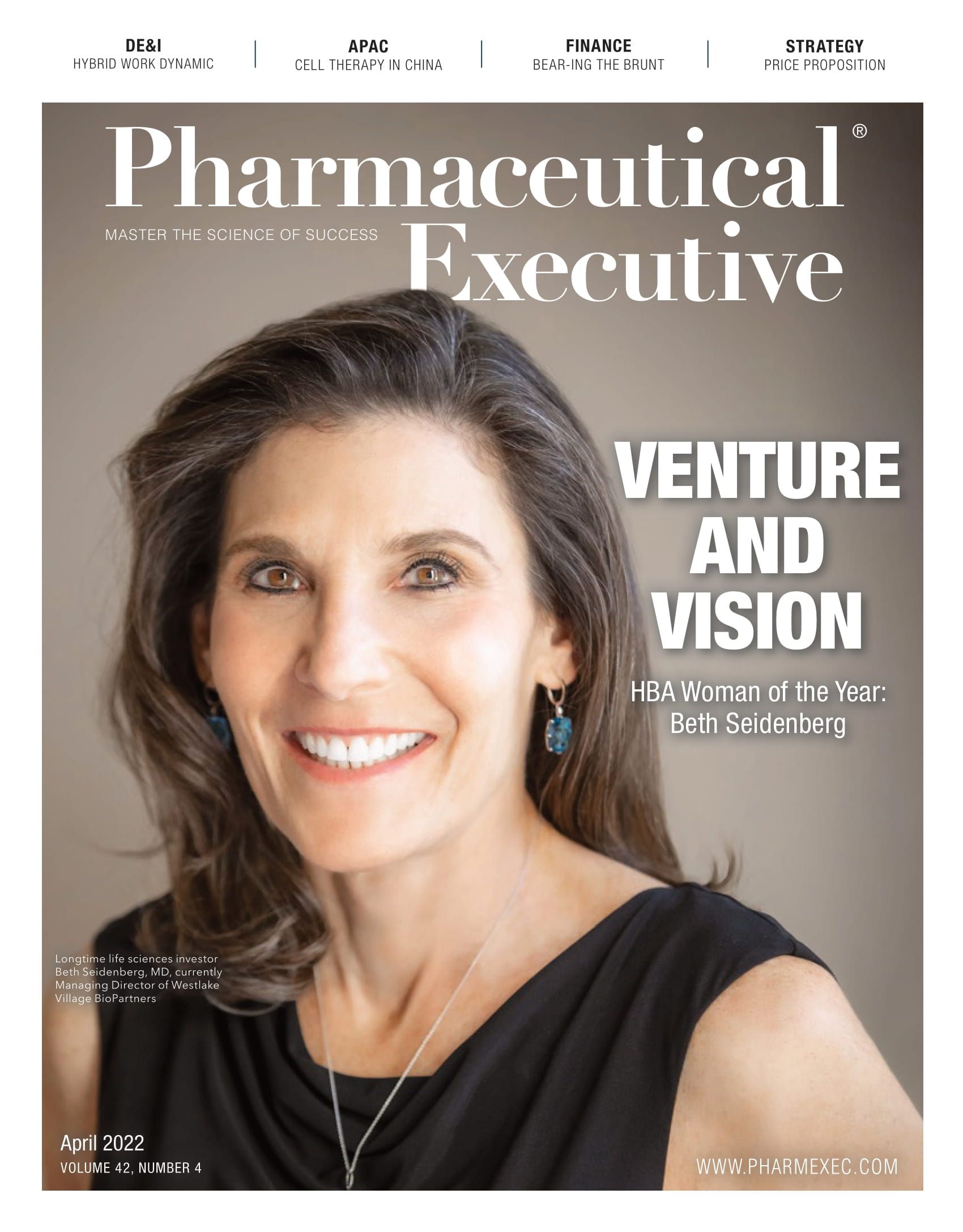Surviving Biotech’s Longest and Steepest Bear Market Ever
What will current stranglehold mean for industry down the line?

Nothing in life is a sure thing. But investing in biotech, and biotech IPOs in 2020 specifically, seemed as close as you could get. In fact, the returns were so consistently outsized, investment managers competing for returns could not afford to not aggressively participate.
But that sadly ended, and since the frothy peak in February 2021, we are now in the longest and steepest bear market for biotech ever. For investors, it has been a painful piercing of the profit pool accumulated from the blistering returns and euphoria, but for some early stage and newly commercial cash-guzzling biotech companies, it just may prove fatal.
A mounting list of companies with less than 12 months of cash have been the hardest hit in this downturn, as access to the capital markets is shut down until further notice. The IPO class of 2020, on average, was up 40% year on year. The IPO class of 2021 is down, on average, 60%. Ouch!
As a result, there is a growing list of companies that have limited cash and are forced to restructure, lay off employees, and cut costs, to build runway to get to value inflection milestones, or in some cases, to survive and live to fight another day.
In gene therapy, the best example of how the mighty have fallen may be bluebird bio, once of “rockstar” status with a peak stock price of $178 in October 2017, but now trading under $5 per share, and the company has publicly stated that “there is substantial doubt” about whether it can remain solvent for the next 12 months.
Passage Bio raised $154 million in an IPO in January 2021, almost coincident with the peak in the biotech index. The company’s market cap at one point exceeded $1 billion on the promise of its pipeline. Since then, Passage’s shares have lost 90% of their value now trading at about $3 per share. The company has announced it will cut its headcount by 13%.
But the carnage is in no way confined to gene therapy; Sana Biotechnology and Lycell Immunopharma are both cell therapy companies that raised more than $1 billion combined in 2021 in two of the largest biotech IPOs of the year. At the time, both were at least 12 months away from clinical testing, and in the absence of any new developments, they have lost more than two-thirds of their value since going public.
Right after the Passage news, Ovid Therapeutics, a New York biotech developing medicines for seizure disorders, announced a cut of 20% to its workforce.
We are reading similar announcements daily in our space, so, you get the point.
Everything old is new again
When money was flowing and preclinical companies could raise copious amounts of money at high valuations, there was no need to mortgage the future value of their assets to large pharma. Today, the environment is very different, and reminiscent of an earlier time, when early stage biotech companies needed large- cap pharma money and its validation to tap the public markets.
Accessing innovation through M&A, partnerships, and strategic collaborations is a key pillar of large pharma’s growth strategy. The red-hot capital markets for biotech created a seller’s market, and high valuations challenged pharma’s required ROI. Today, emerging biotech companies may be more willing to partner with large pharmaceutical companies and do it earlier for access to funding and the validation that may now have greater value, and the market dynamics may be shifting in favor of the buyers.
As times have changed, future plans may have to as well
Companies that had intended to go public in the near term will have to be patient and explore other options for funding their programs, and cash-rich VCs may be holding on to portfolio companies longer. These might include prioritizing their spend to the highest-impact near-term milestones, less favorable partnerships, debt financing, fewer projects, or giving up more equity with an eye to the long term. My personal favorite guiding principal throughout my career has always been: “It’s not where you start, it’s where you finish.” Play the long game. I am glad I did.
Barbara Ryan is Founder, Barbara Ryan Advisors, and a member of Pharm Exec’s Editorial Advisory Board

Novo Nordisk, The United Laboratories Ink Exclusive License Agreement for Triple Receptor Agonist
March 25th 2025Under terms of the license agreement, Novo Nordisk will acquire the rights to develop and commercialize UBT251 outside of China for obesity and type 2 diabetes for an upfront payment of $200 million.